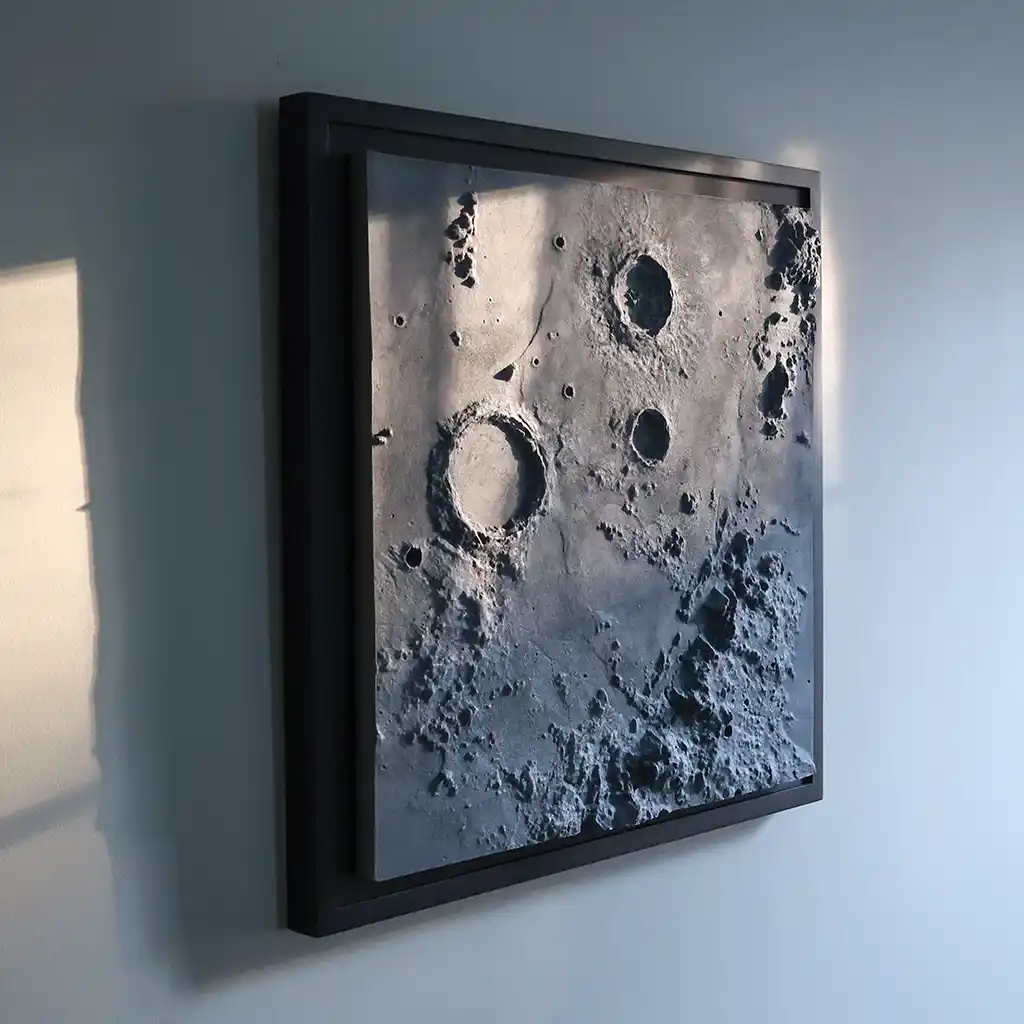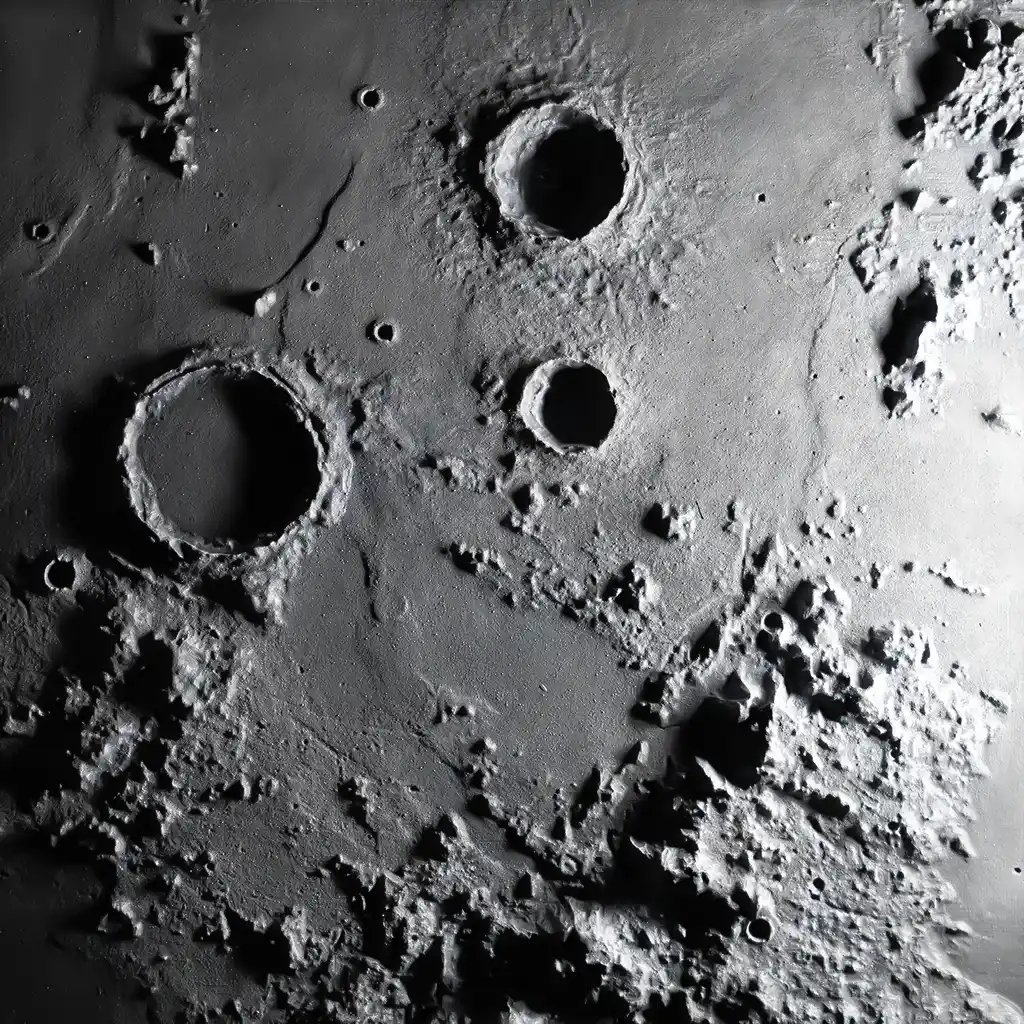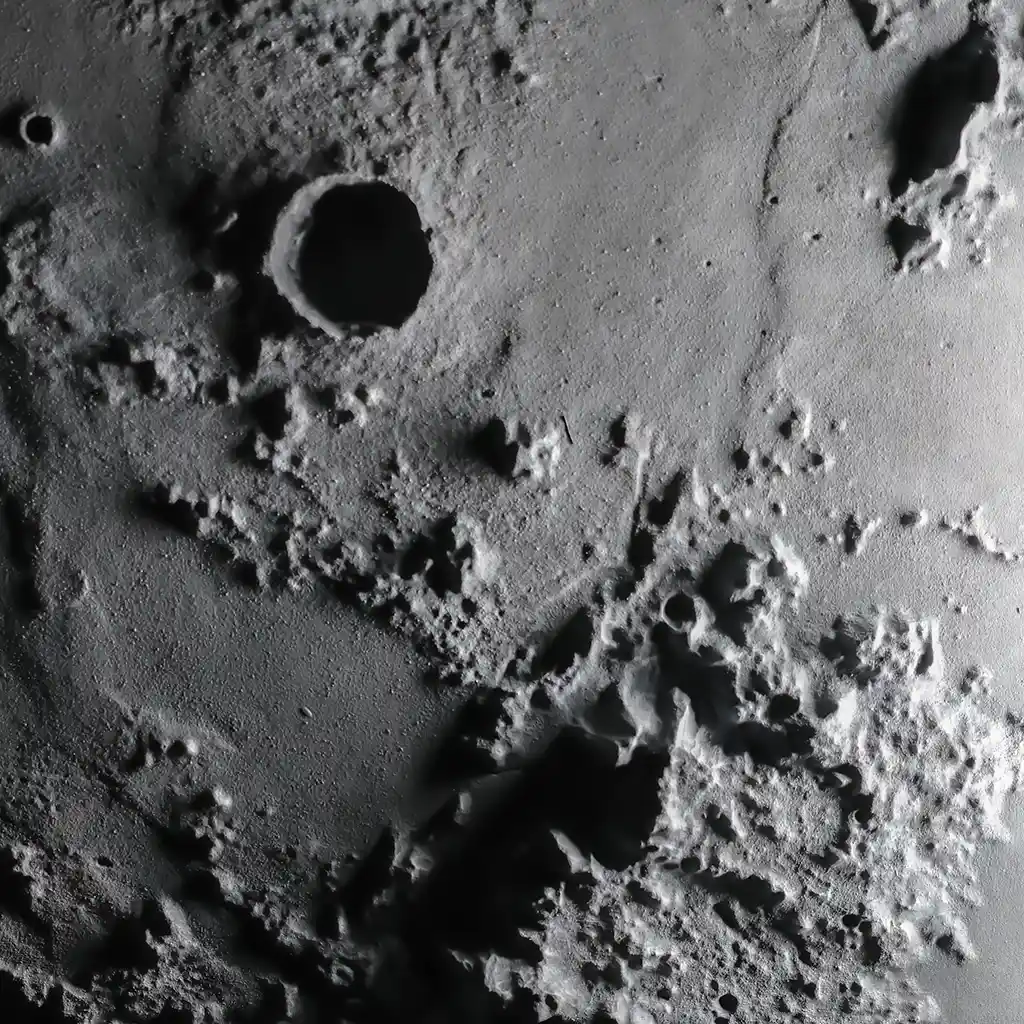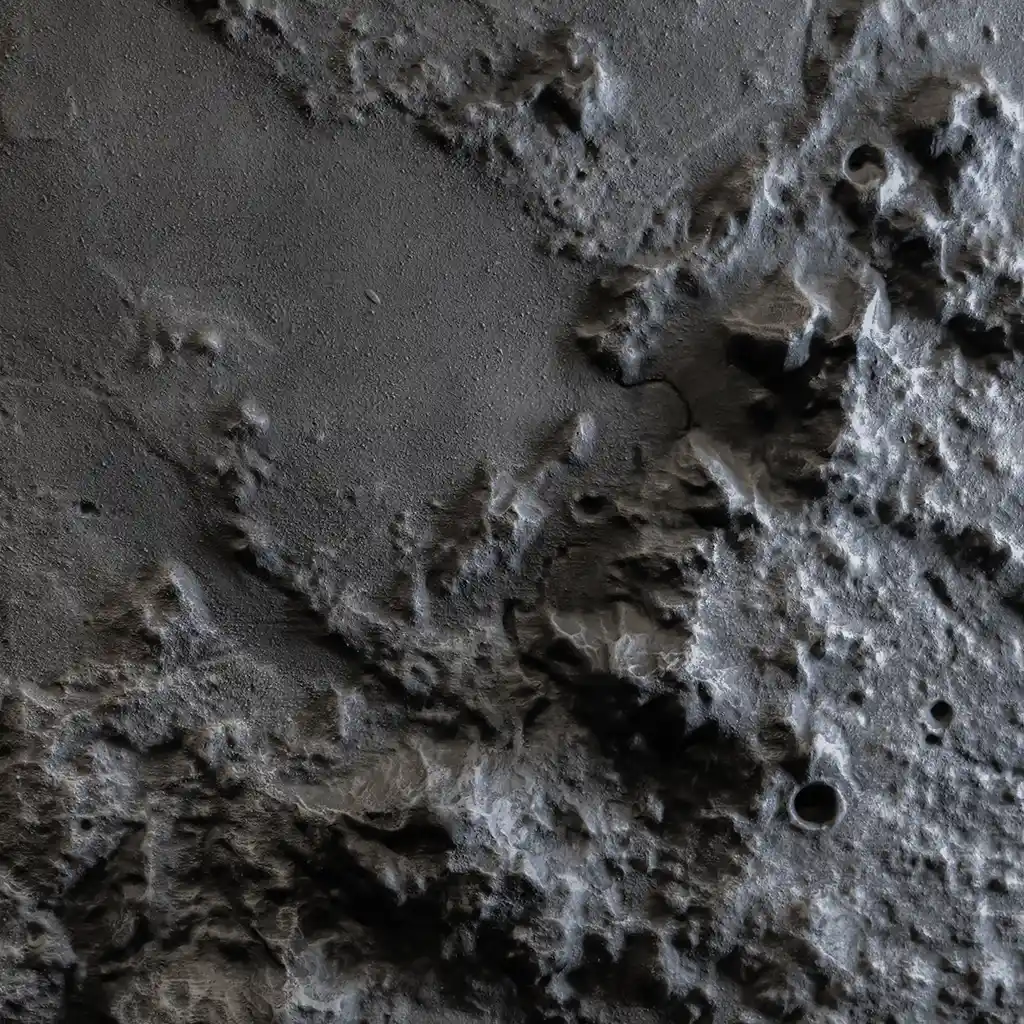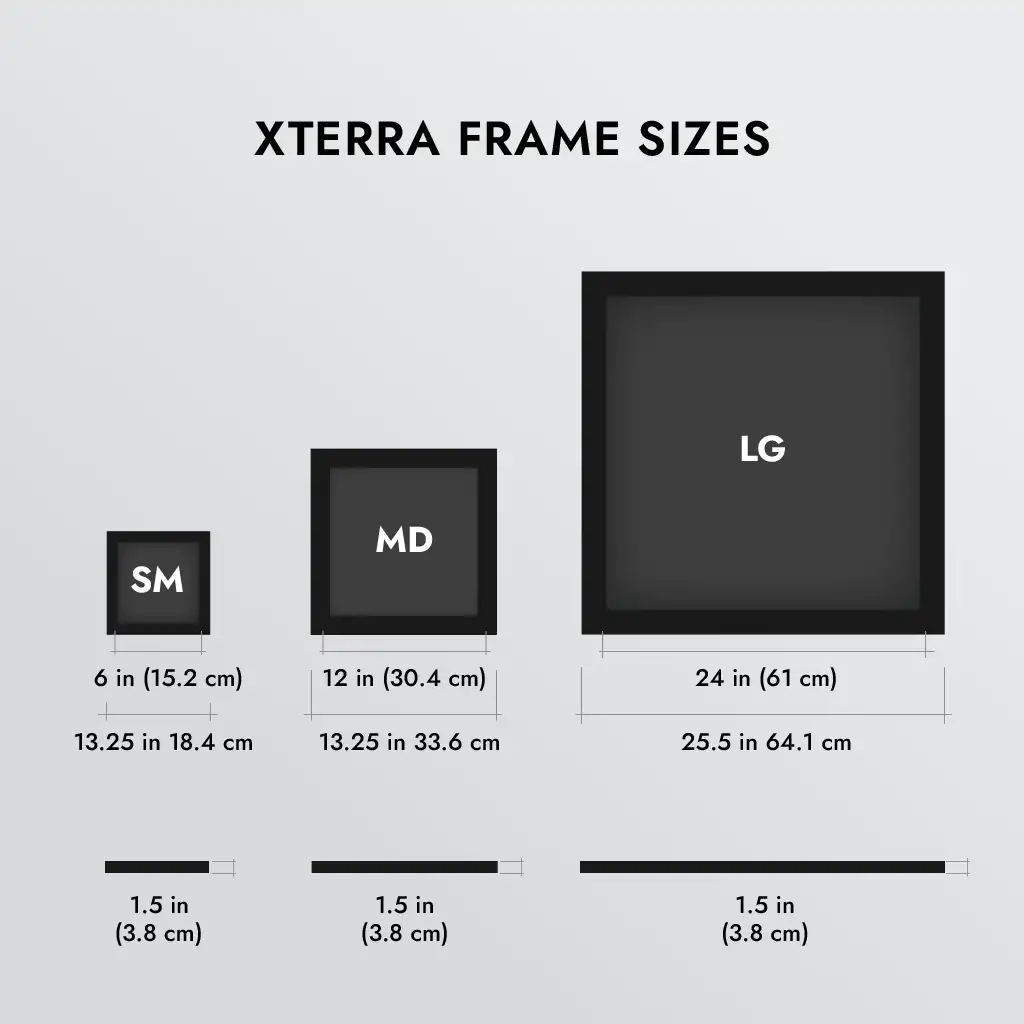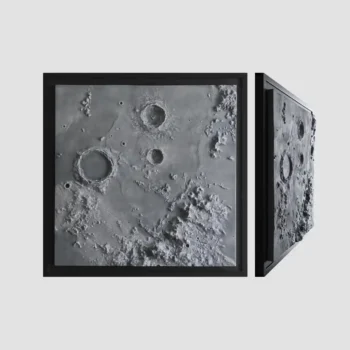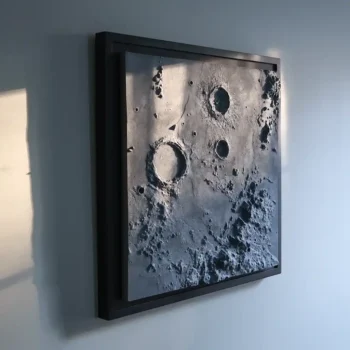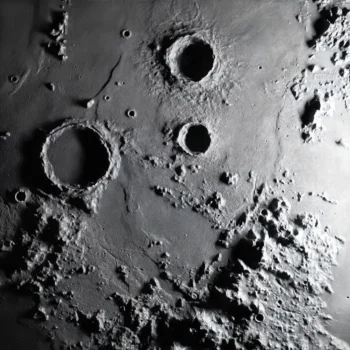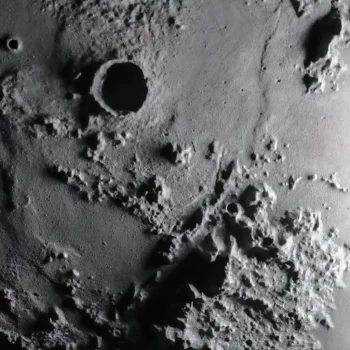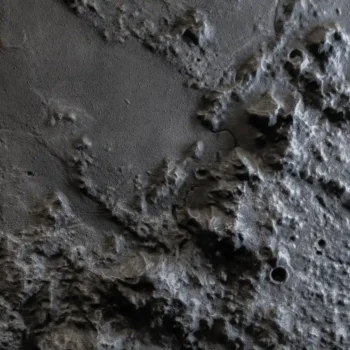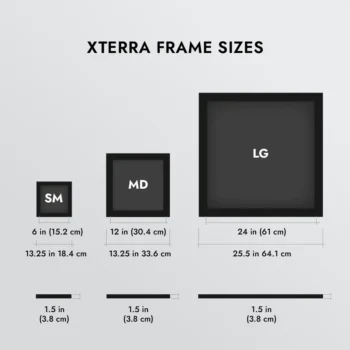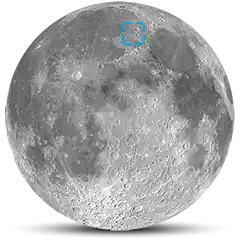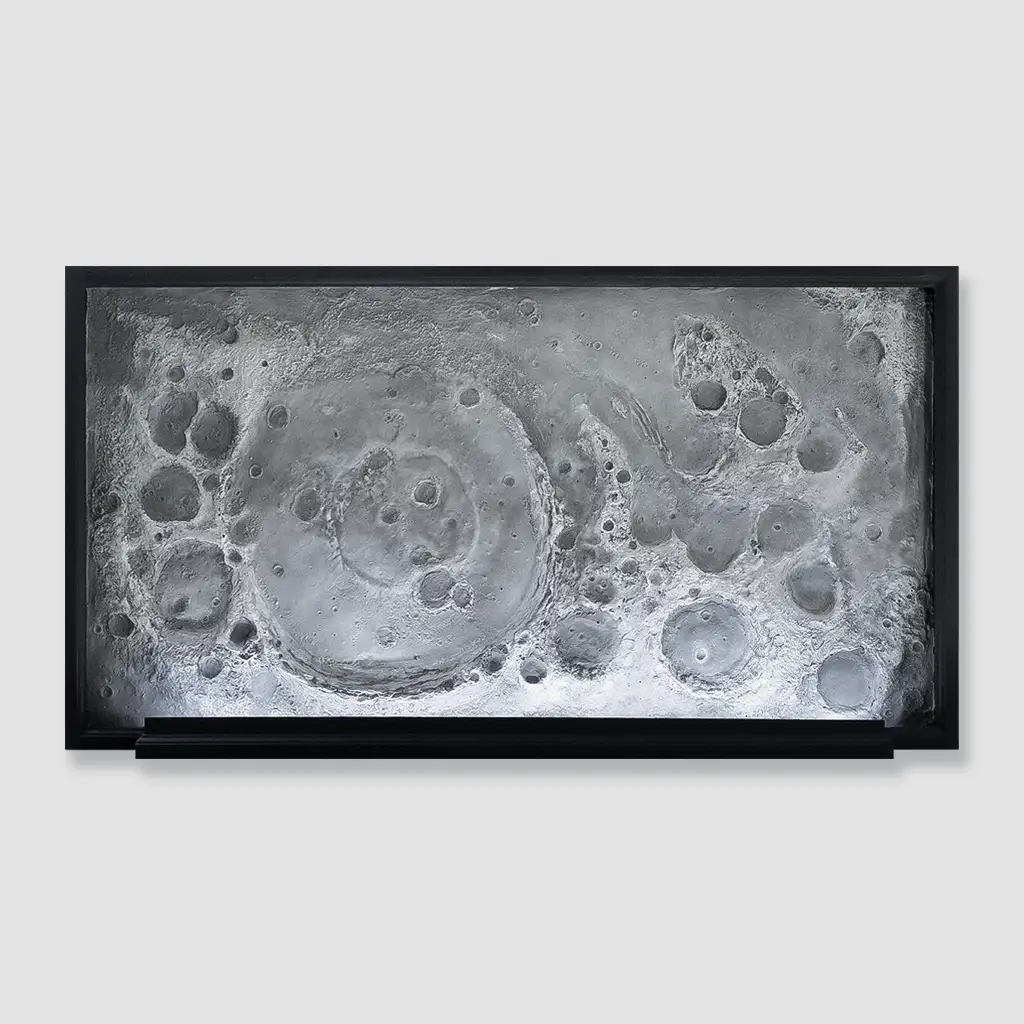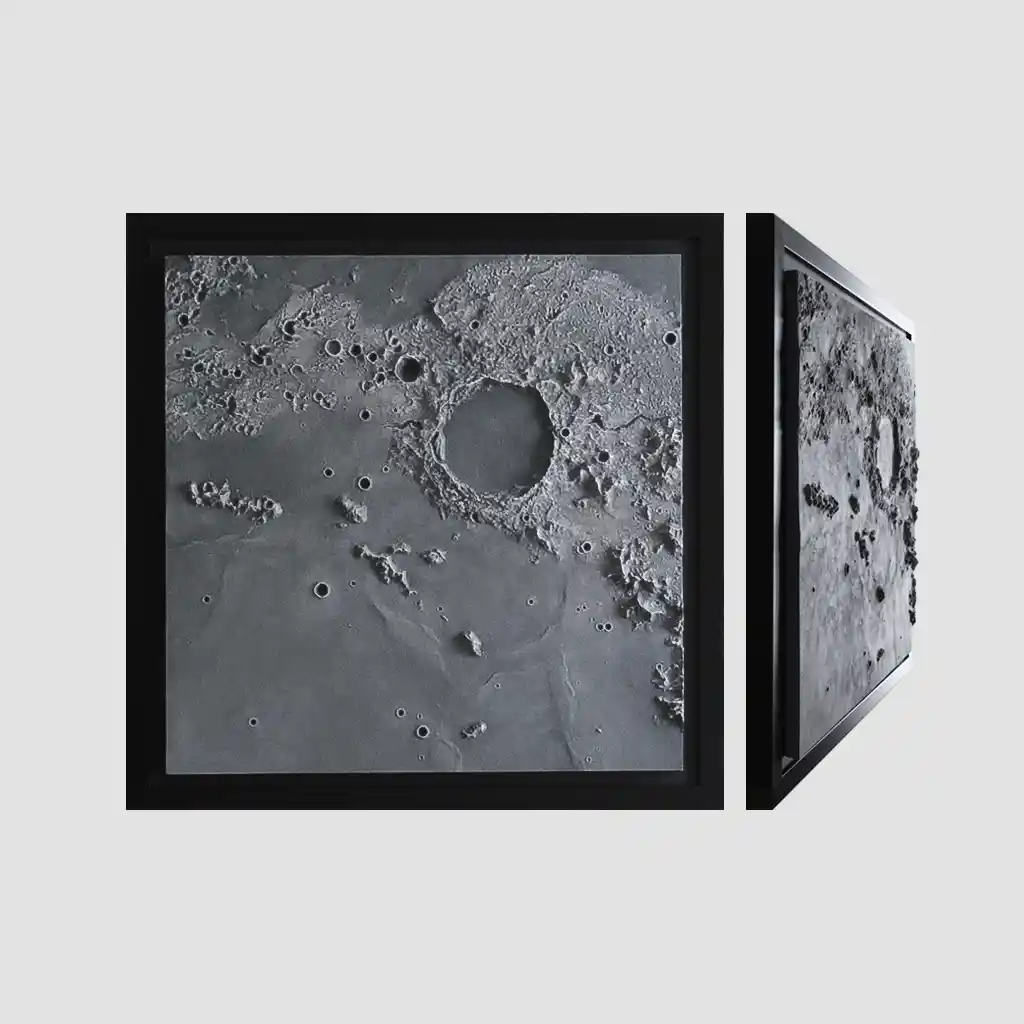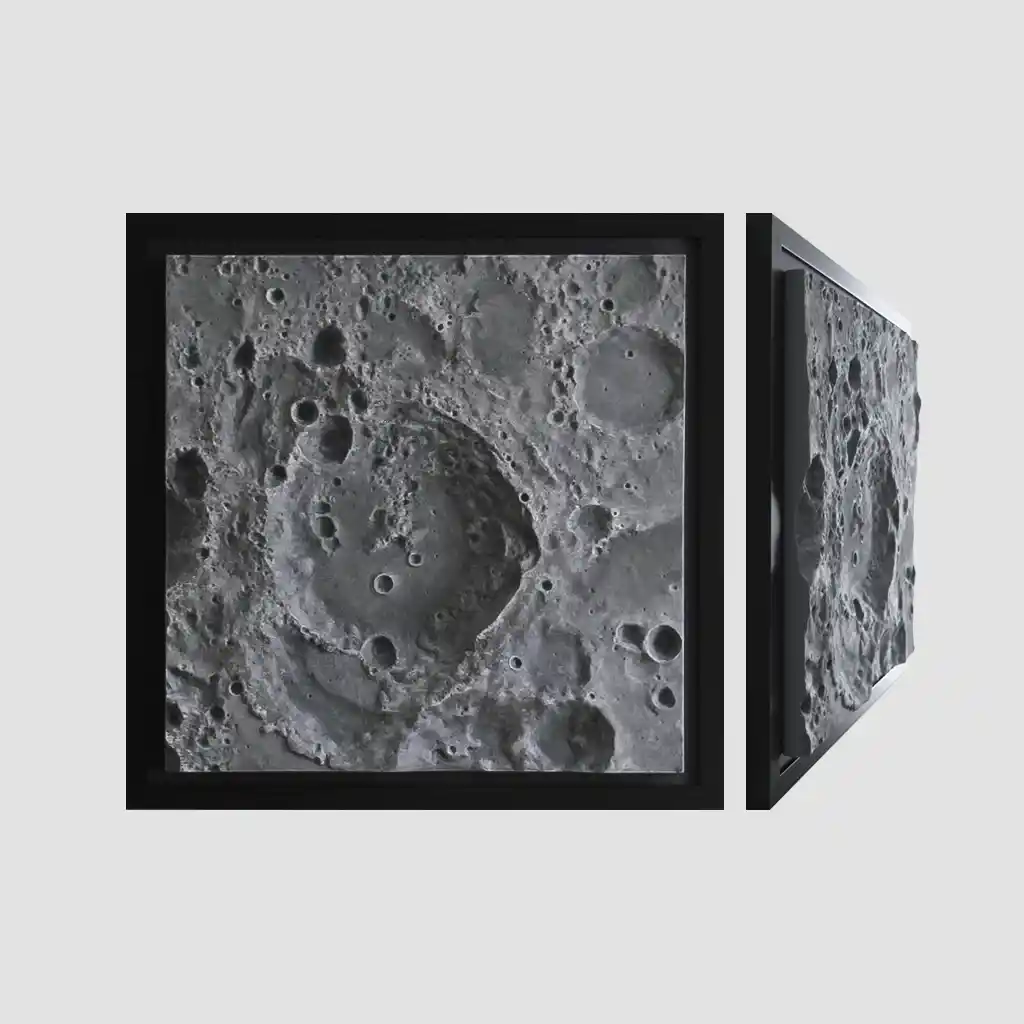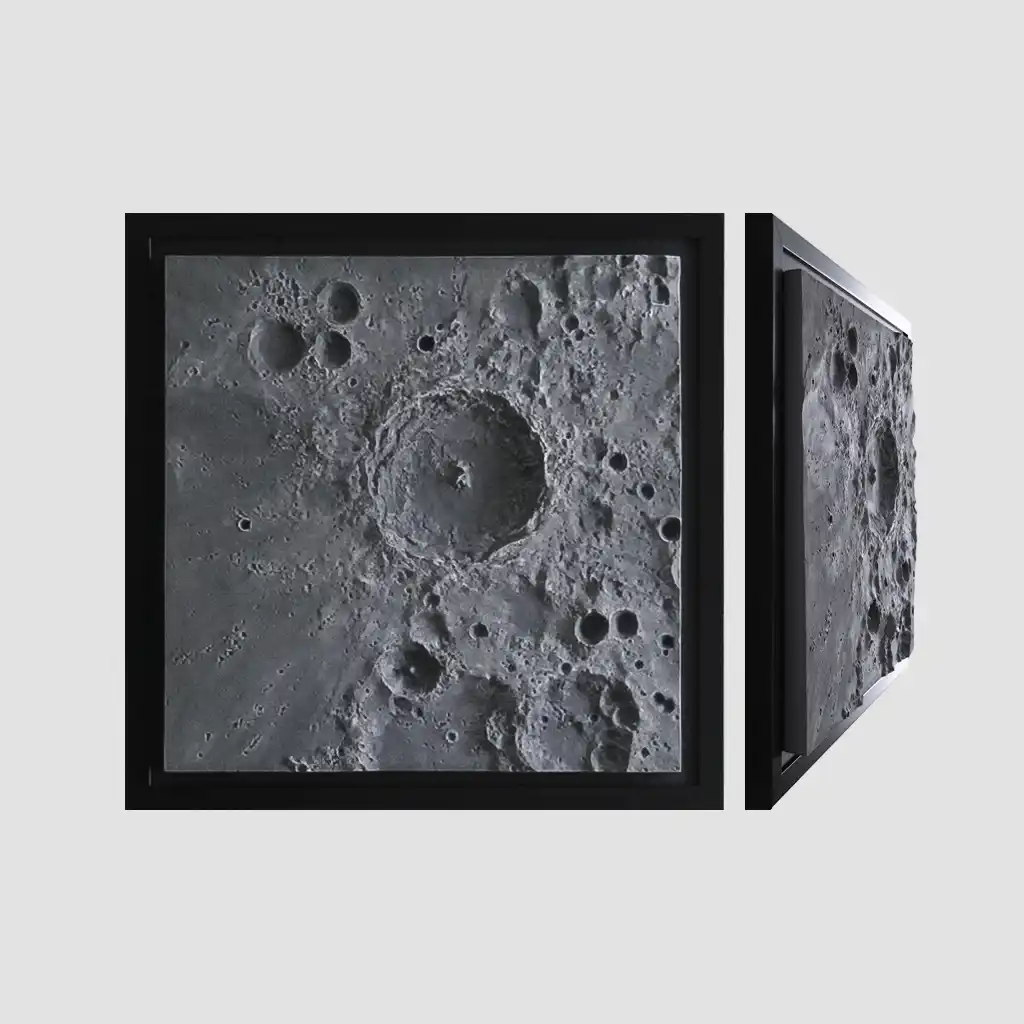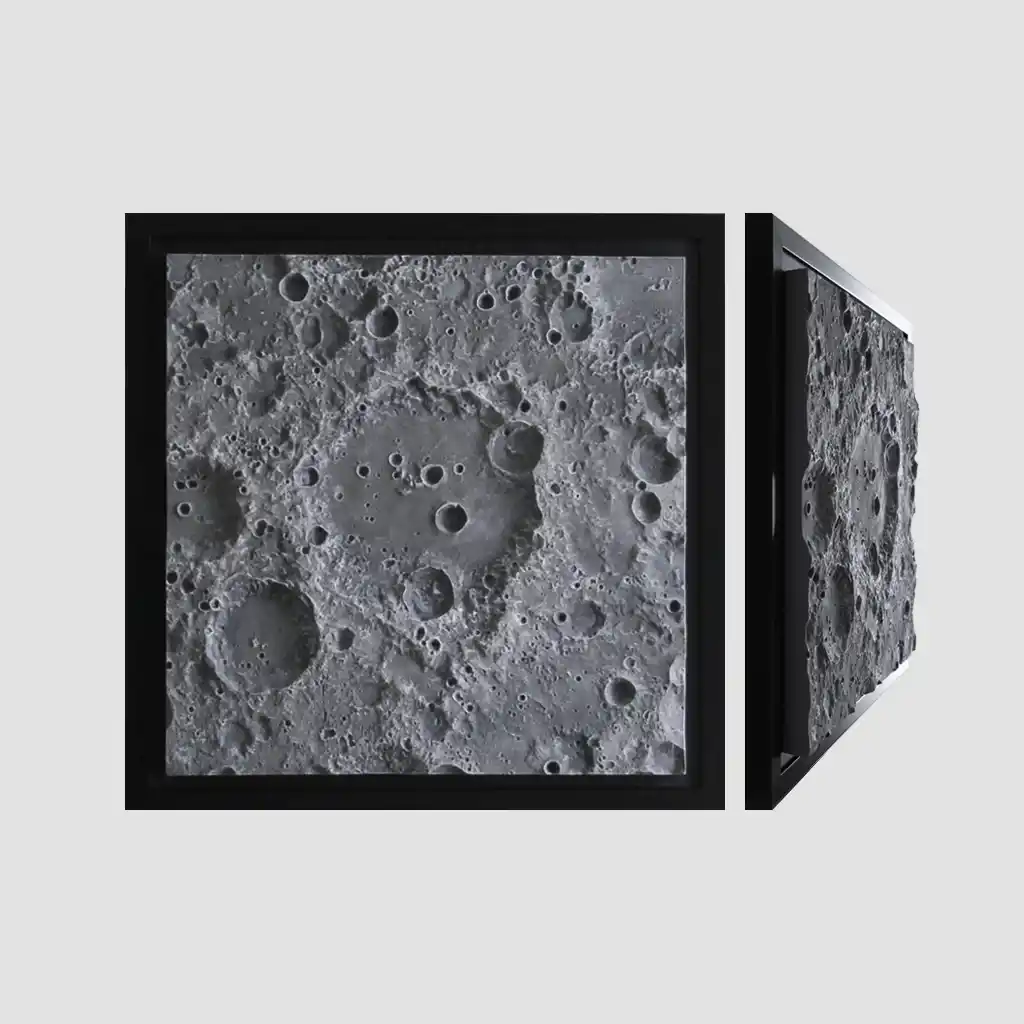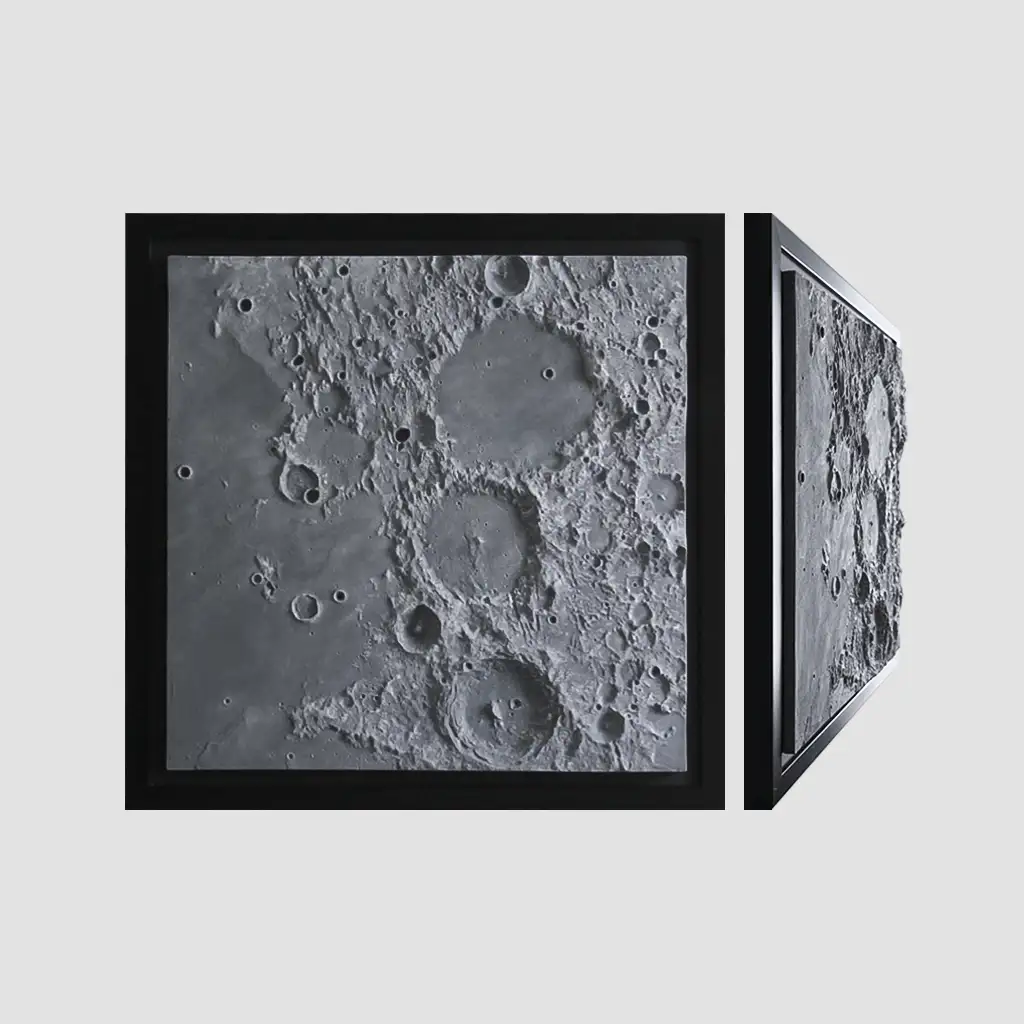Scientific Interest
The Archimedes, Aristillus, and Luna 2 crater regions on the Moon are scientifically significant due to their unique features and geological history.
Archimedes is a large, relatively young crater with a diameter of 82 kilometers. Located in the northeastern part of the Moon’s near side, its smooth floor suggests recent volcanic or impact-related processes. The central peak and rim make it ideal for studying impact dynamics and crater formation.
Aristillus, one of the Moon’s oldest and best-preserved craters, has a diameter of about 55 kilometers. Located in the eastern Mare Imbrium, it features a central peak and steep walls, providing valuable insights into large crater formation and the erosion of ancient lunar structures.
Autolycus crater, in the Moon’s Mare Imbrium, is scientifically significant for its well-preserved impact features. About 39 km wide, it formed in the Copernican period, under a billion years ago. Its sharp walls aid studies of impact mechanics and surface aging. Nearby, the Soviet Luna 2 probe crash site adds historical interest.
Together, these regions offer insights into lunar impact history, surface evolution, and space
Formation
The craters Archimedes and Aristillus on the Moon were formed by asteroid impacts during the Imbrian period, approximately 3.85 to 3.2 billion years ago. Archimedes, the larger of the two, has a relatively smooth floor due to later lava flooding, while Aristillus has a more rugged appearance with a central peak complex formed by the rebound of the lunar crust after impact. Luna 2, however, is not a natural crater—it marks the crash site of the Soviet Luna 2 spacecraft in 1959, the first human-made object to impact the Moon.
AGE
Archimedes Crater: Imbrian period (approximately 3.85 to 3.2 BYO)
Aristillus Crater: Copernican period (less than 1 BYO)
Aristillus Crater: Imbrian period (approximately 3.85 to 3.2 BYO)
Eponym
Archimedes
Aristillus
Autolycus of Pitane
Location of Archimedes, Aristillus, and Autolycus crater region as Seen from the Earth’s Northern Hemisphere
* This item is artisan crafted with meticulous care. Given its handmade and hand-finished nature, variations are to be expected and celebrated.
| Size | Width | Height | Depth |
|---|---|---|---|
| S | 7.25 in (18.4 cm) | 7.25 in (18.4 cm) | 1.5 (3.8 cm) |
| M | 13.25 in (33.6 cm) | 13.25 in (33.6 cm) | 1.5 in (3.8 cm) |
| L | 25.25 in (64.1 cm) | 25.25 in (64.1 cm) | 1.5 in (3.8 cm) |
| XL (Coming Soon) | 49.25 in (125.1 cm) | 49.25 in (125.1 cm) | 3.25 in (8.3 cm) |
Add a review
Shipping
Where do you ship?
We primarily ship within the continental United States, with shipping costs included in the product price. For customers outside the U.S., a nominal shipping fee will apply. Please contact us, and we’ll work with you to ensure your Xterra Frame reaches your location.
How long does shipping take?
This is determined by your location. Orders are shipped from our Raleigh location and should arrive to you within a week of the shipping notification.
Are your products in stock?
Every model is handmade and produced individually. To reduce waiting times, we begin creating your order the very next day and most orders are shipped within 2 weeks of your order.
How much does shipping cost?
Shipping is included within the cost of your Xterra frame.
How do I know when my order will arrive?
You will receive a notification and tracking number via email after your order has been processed.
Where is my order?
Each order will receive a tracking number where you can look up online to determine where your order is and when you anticipate it’s delivery.
Returns
Returns will be accepted for up to 14 days of Customer’s receipt of tracking number from Xterra. You, as a Customer, are obliged to inform us via email before you return the item.
To be eligible for a return, your item must be unused, in the same condition that you received it, and in the original packaging.
ARTEMIS COLLECTION
ARCHIMEDES, ARISTILLUS, and AUTOLYCUS REGION
FREE SHIPPING on orders in the Continental United States
Every product is uniquely handmade, requiring a minimum of three weeks to achieve its distinct quality.
ABOUT
The Archimedes, Aristillus, and Luna 2 crater regions on the Moon are scientifically significant due to their unique features and geological history.
Archimedes is a relatively young crater, 82 kilometers in diameter, with a smooth floor indicating recent volcanic or impact-related processes. Its central peak and rim make it ideal for studying impact dynamics.
Aristillus, one of the Moon’s oldest craters at 55 kilometers in diameter, features a central peak and steep walls, offering insights into large crater formation and lunar erosion.
Luna 2 is historically important as the site of the first human-made object to impact the Moon in 1959. Located in the Sea of Tranquility, it helps scientists study spacecraft impacts and the Moon’s surface composition.
Together, these regions provide valuable insights into lunar impact history, surface evolution, and space exploration.
Location of Archimedes, Aristillus, and Luna 2 Crater Region as Seen from the Earth's Northern Hemisphere
Materials
*This item is artisan crafted with meticulous care. Given its handmade and hand-finished nature, variations are to be expected and celebrated.
Dimensions
| Size | Width | Height | Depth |
|---|---|---|---|
| S | 7.25in (18.4 cm) | 7.25in (18.4 cm) | 1.5 (3.8 cm) |
| M | 13.25 in (33.6 cm) | 13.25 in (33.6 cm) | 1.5 in (3.8 cm) |
| L | 25.25 in (64.1 cm) | 25.25 in (64.1 cm) | 1.5 in (3.8 cm) |
| XL | 49.25 in (125.1 cm) | 49.25 in (125.1 cm) | 3.25 in (8.3 cm) |

